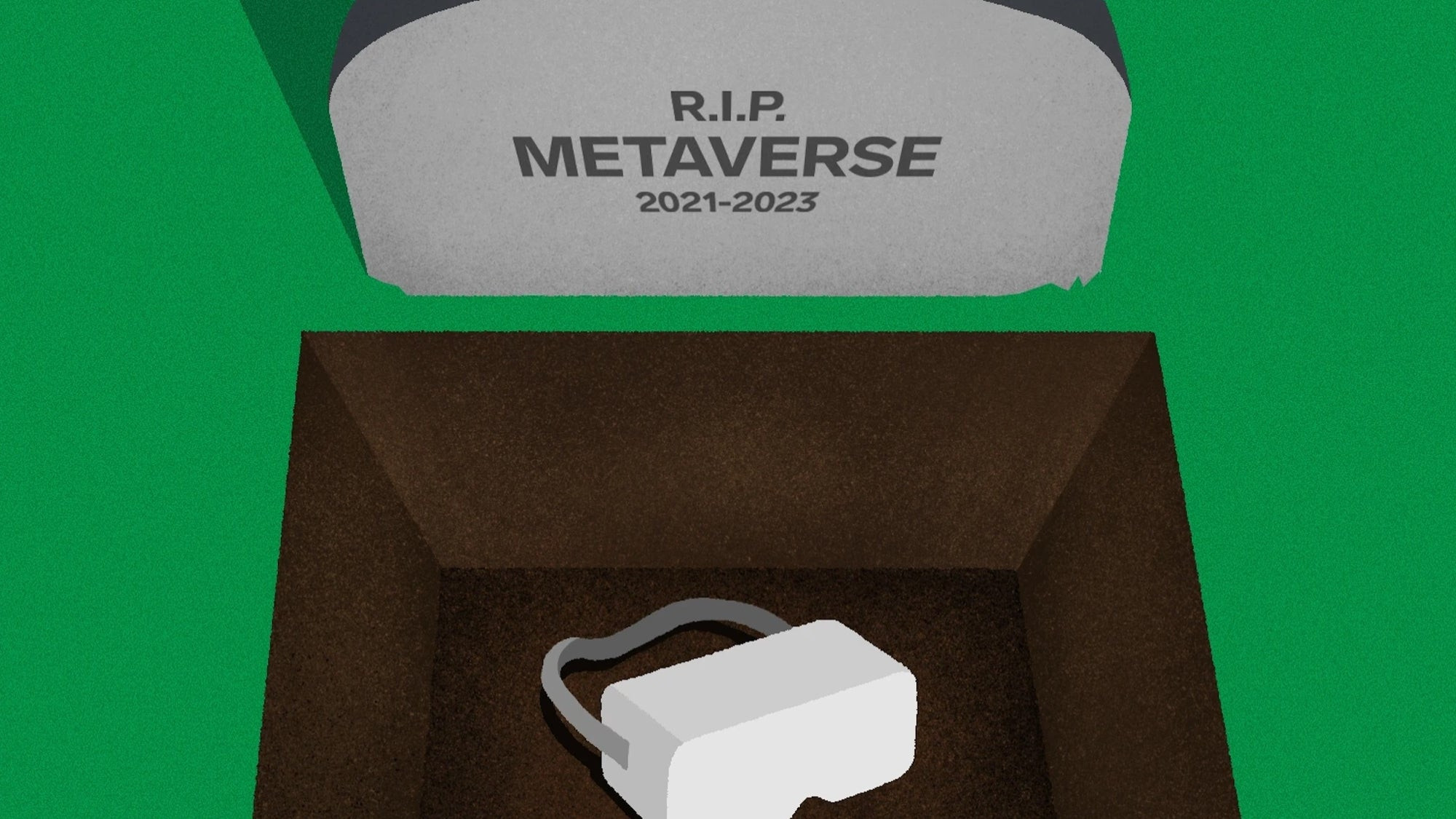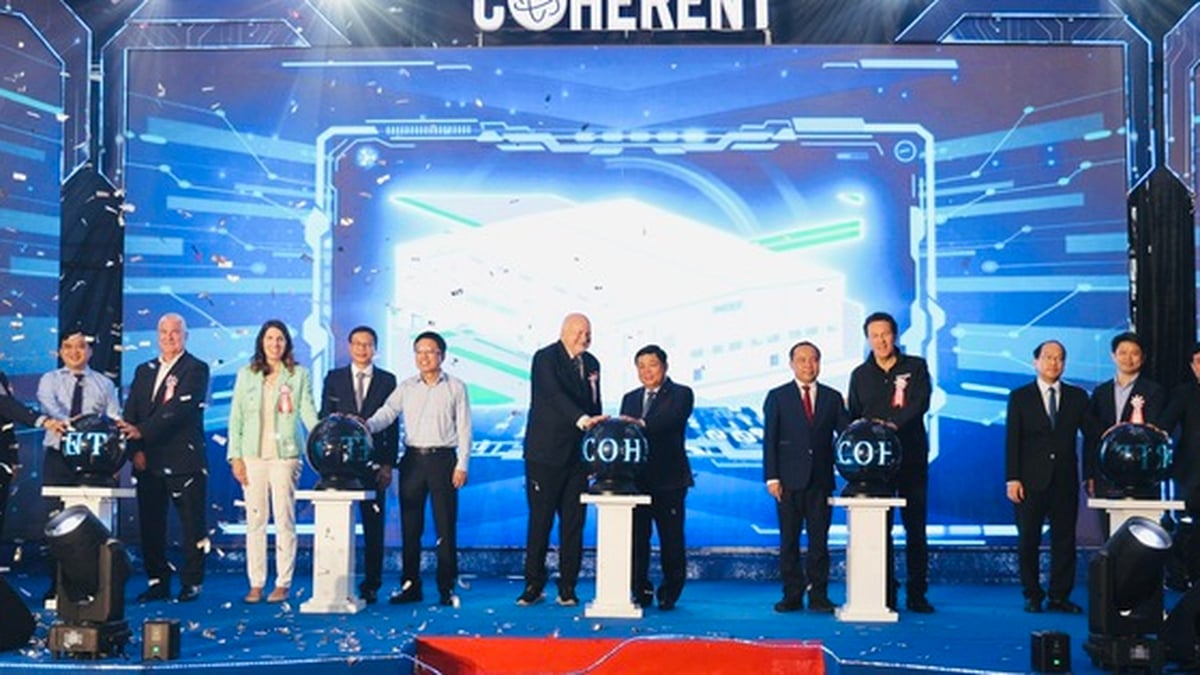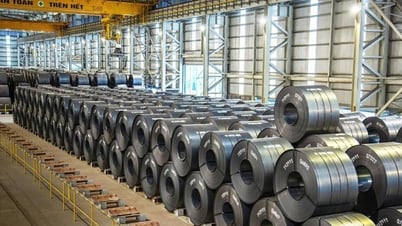Amazon under CEO Andy Jassy has paused or canceled plans to open dozens of warehouses across the US and postponed construction of a second headquarters in Virginia. Tesla CEO Elon Musk has cut the price of electric cars six times since the beginning of the year.
CEOs are reversing decisions faster than ever. Global turmoil and an uncertain U.S. economy make running a business difficult. And the rapid pace of advances in technologies like artificial intelligence and pressure from rivals are forcing them to accelerate.
Francesca Gino, a professor at Harvard Business School, calls the pace of change “unprecedented.” “The rise of disruptive technologies, shifting consumer trends, and increased scrutiny from the public and investors are making big decisions obsolete faster,” she says. Businesses need to adapt to new information, which sometimes means doing the opposite.
However, there is no denying that hubris also plays a role in many changes of direction. Some CEOs do not do the necessary mid- and long-term planning when making their initial choices and are forced to “turn around” quickly.
Challenging phase
High inflation combined with worker insecurity and the advent of new AI technologies make the CEO’s job even harder. In other words, even the best-laid plans can become obsolete almost as soon as they are adopted.

According to Gino, CEOs are under pressure from many sides, including investors, employees, customers, and regulators. Boards of directors are also very enthusiastic and increasingly involved in strategic decision making. Therefore, major decisions can be reassessed more frequently with additional perspectives from the board.
Aside from external conditions, it was the CEO’s lack of planning that cost others—employees, investors, and customers. Amazon and Meta, for example, conducted large-scale layoffs after hiring heavily during the Covid-19 pandemic. Clearly, the glory days could not last, even if the tech industry enjoyed a boom during the pandemic.
Oscar Munoz, a former United Airlines executive, said some tech companies have grown accustomed to increasing profits by adding staff. For a decade or so, revenue has grown in line with headcount. So they hire like crazy, but then suddenly it all dries up and they have to reverse course.
 The most brutal tech companies to fire
The most brutal tech companies to fireThe metaverse is another example. Despite the initial enthusiasm, in recent months Microsoft has shut down its virtual workspace platform and fired 100 employees from its industrial metaverse team. CEO Bob Iger has killed Disney’s metaverse division, and Walmart has ended projects related to the Roblox virtual universe.
If you don't review and re-evaluate your decisions, you'll be the one who gets hurt, says Mumoz. When change is needed, it should be done in a calculated, organized, and compelling way that doesn't confuse the entire organization.
Lightning fast pace of business
In a rapidly changing business environment, running a CEO can feel like a sprint. Munoz said that as CEO of United Airlines from 2015 to 2020, his head was “always spinning,” and that experience is even more acute today.
“ The world is more dynamic. It is more intense, faster, more brutal and more consequential,” he said.
Of course, CEOs are paid handsomely to lead their companies. The median 2021 compensation for CEOs at top U.S. companies was 399 times that of their average employees. Despite the higher risks, they still have to run.
It's not unusual for business strategies to change over time. Companies try new things all the time, even if they don't always work.
Last week, Shopify CEO Tobi Lütke announced that the company would sell most of its logistics division—a 180% turnaround from its previous strategy of challenging Amazon. Meanwhile, Amazon spent the last year shuttering a handful of experimental brick-and-mortar retail stores.
Changing strategy is one thing, but how a CEO communicates it is another, especially when pivots tend to happen more frequently. Even if the leader has a reason for the change, it can be confusing for a team.
Eduardo Briceño, an adviser to CEOs, says leaders should pay more attention to how employees perceive decisions, rather than just looking to show off to investors. It’s about increasing stability for the people they lead.
(According to BI)

Source


































































































Comment (0)